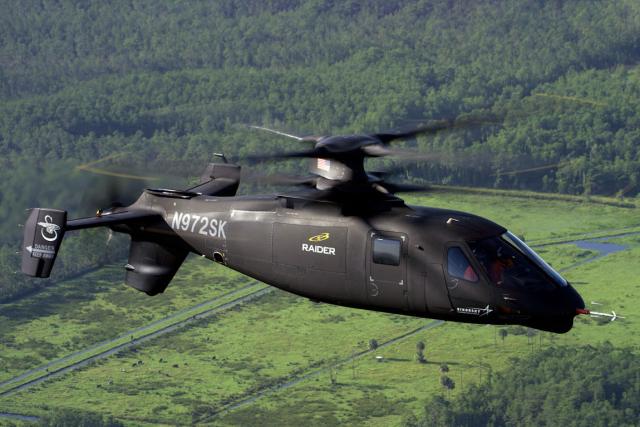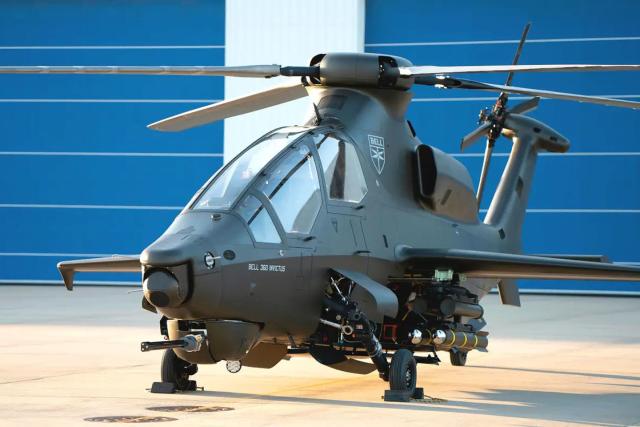Three times is not always a charm ...
The long-term United States Army aviation plans are to change drastically following an announcement that the multi-billion-dollar Future Attack Reconnaissance Aircraft (FARA) programme will be cancelled. And this is actually not the first time that the US Army cancels a project for this particular mission, not even the second time ...
The primary reconnaissance helicopter used by the United States Army for reconnaissance (and other) roles during the 1970s and 1980s was the Bell OH-58A/C Kiowa, later replaced by the armed variant OH-58D Kiowa Warrior. The US Army recognised the need to arm these helicopters and commenced the Light Helicopter Experimental (LHX) programme in 1982. This programme changed its scope over time and the focus was on replacing the OH-58 Kiowa with an armed reconnaissance helicopter during the 1990s. The Boeing-Sikorsky RAH-66 Comanche was selected as a winner and the prototype first flew on 4 January 1996. Due to budget overruns, delays and an analysis which showed that the helicopter would absorb two thirds of the US Army aviation budget by 2008, it was decided to cancel the programme in 2004.
The next attempt started in the same year as the cancellation of the RAH-66 programme. In a request for proposal (RFP), the US Army started to look for a replacement of the OH-58D Kiowa Warrior under the Armed Reconnaissance Helicopter (ARH) programme on 9 December 2004. The Bell ARH-70 Arapaho was selected as winner on 29 July 2005. Again delays and cost overruns resulted in the US Army also cancelling this programme on 16 October 2008.
 With the OH-58D Kiowa Warrior being retired in 2016, the capability gap was filled by using Unmanned Aerial Systems (UAS) and AH-64D Apaches. Under the FARA programme, this gap was to be closed again by developing a next-generation helicopter for this role. FARA was launched in 2018, and from the bids both Bell (Model 360 Invictus) and Sikorsky (S-97 Raider) were selected to commence construction of prototypes for flight testing in 2024.
With the OH-58D Kiowa Warrior being retired in 2016, the capability gap was filled by using Unmanned Aerial Systems (UAS) and AH-64D Apaches. Under the FARA programme, this gap was to be closed again by developing a next-generation helicopter for this role. FARA was launched in 2018, and from the bids both Bell (Model 360 Invictus) and Sikorsky (S-97 Raider) were selected to commence construction of prototypes for flight testing in 2024.
In the February 2024 announcement, the US Army states that careful examination of the modern day battle field casts doubts on the survivability of helicopters being used in the armed reconnaissance role. The lessons learned from especially the war in Ukraine, but to a lesser extend also of the conflict in Gaza, show a new understanding of aerial reconnaissance. Army Chief General Randy George made this statement in a press release, and also mentioned that sensors and weapons mounted on unmanned systems and in space are far less expensive and much more effective than before.
Depending on the approval of the US Congress of the 2024 spending bill, work on the FARA project will continue this year, but will be cancelled as of fiscal year 2025. This would mean that the project will be completely cancelled as of 1 October 2024. Of course these plans are yet to be approved by the US politicians.
Credit photos: Bell Helicopters and Sikorsky Aircraft Corp. (Lockheed Martin)


